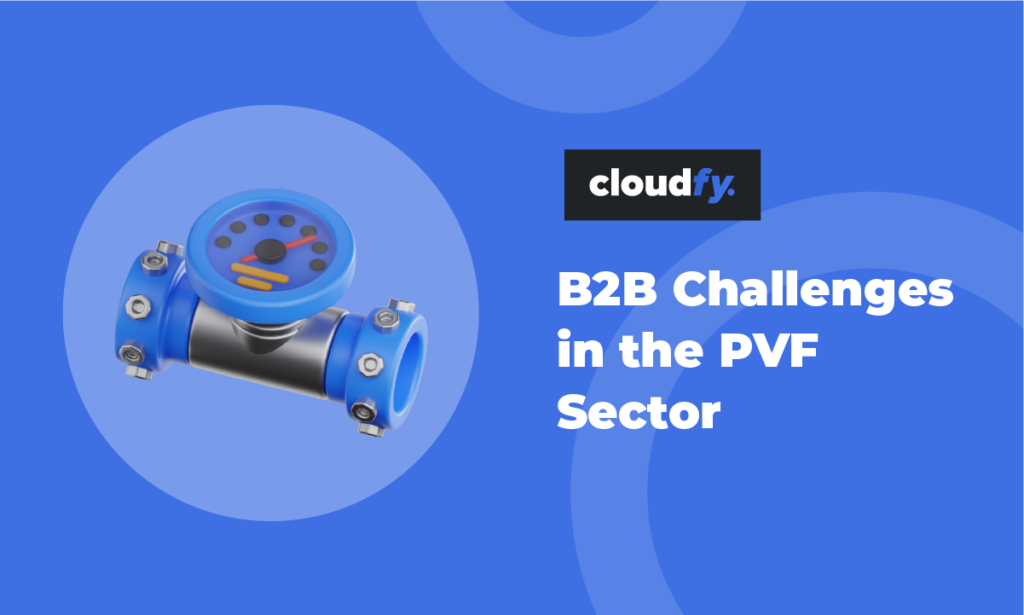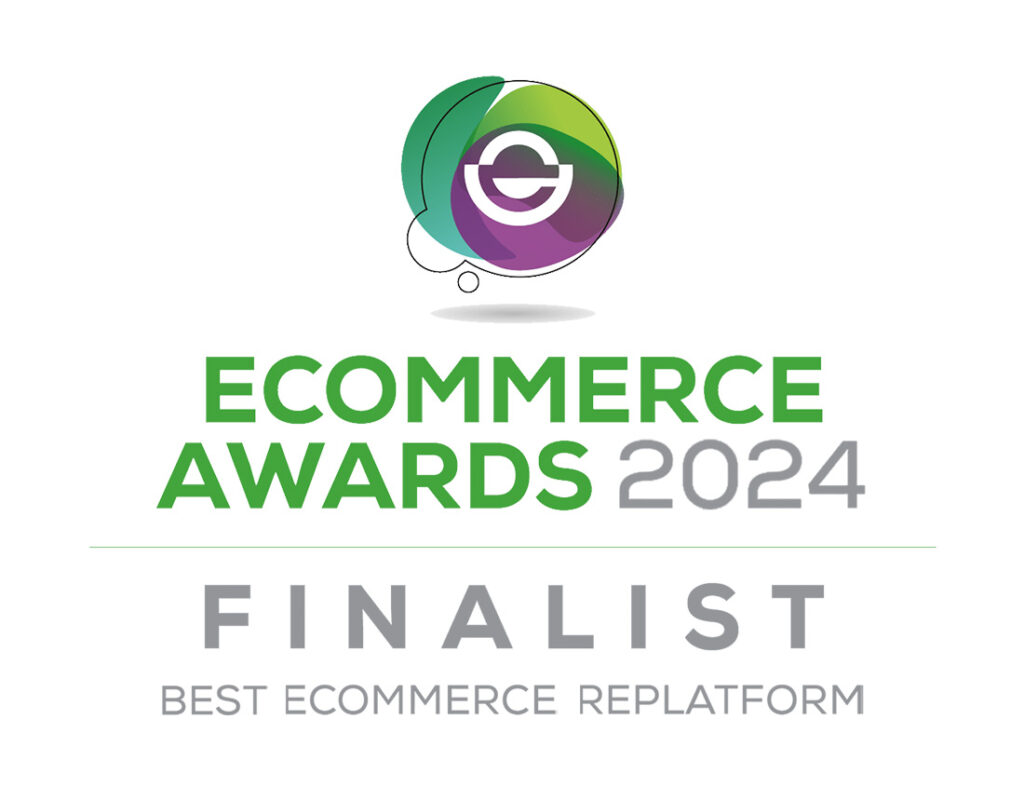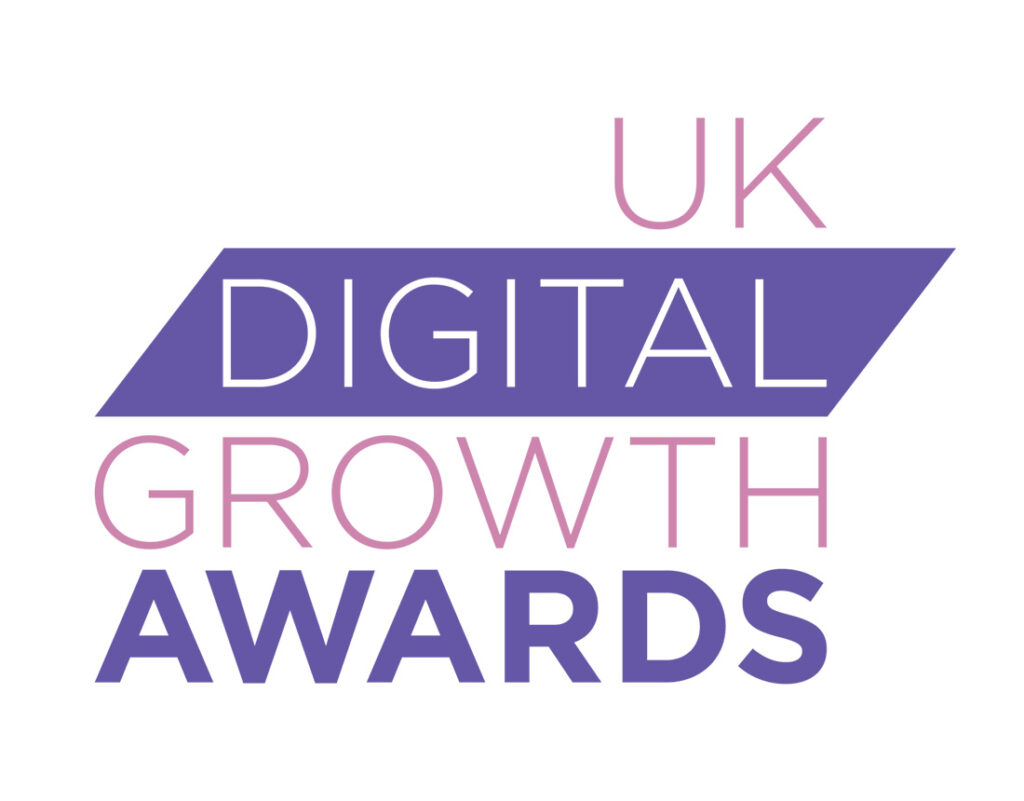Last year we predicted that business to business (B2B) ecommerce would grow quickly. We were right.
The statistics experts, Statista, say that the global B2B ecommerce market reached US$12.2 trillion this year. Next year, the US market alone is expected to be worth US$1.1trillion.
So, with businesses that want to be well-placed to take advantage of this growth in mind, we talked with Rob Williams, CEO at Cloudfy, about the road map for 2020.
Overview
Rob Williams says: “Our high-level view is still to build functionality that will help customers in three important areas – we call them our three pillars. They are:
- selling more
- reducing costs
- enabling customer self-service.
“We have experience across a wide range of sectors. That allows us to add unique features to Cloudfy, based on what we have learnt.
“For example, in the pharmaceutical b2b ecommerce sector it’s important that sales of some products are limited or that certain combinations of products can’t be ordered. We can reinterpret this feature to help other businesses control stock levels or to run special promotions.
“Cloudfy customers range from companies who are using the power of ecommerce for the first time through to businesses developing a fourth or fifth generation B2B ecommerce site. There’s no doubt that businesses that are new to ecommerce are benefitting from the knowledge and experience we have built up working with more mature ecommerce companies.
“Taking that first step can be challenging; it involves cultural as well as technical and financial issues. Understandably, people are concerned their sales team will be affected. From our experience we know that, once they are freed up from labor-intensive administrative tasks, sales professionals can add much more value by finding new business and taking advantage of up-selling opportunities.
“We are quickly reaching a tipping point. As more and more of our lives are digitized, it is becoming essential for businesses to be part of the digital world. Almost all of us have experienced retail ecommerce and we can learn from this to make B2B buying and repeat ordering really easy.
“Take one of our recent new clients, an international brewing company, as an example. Their customers need to be able to place orders easily around the clock. They want a fast and simple way to find what they’re looking for and to reorder their regular products.
“Cloudfy options like the Customer Ordering App allow businesses like these to engage with buyers on the go. Many Millennial buyers prefer to use an app on a mobile device rather than a mobile web browser or a desktop computer. Apps also load quickly because there’s no need to open a browser or type in a web address and wait for the page to load. They can also use other mobile features like the camera to photograph or scan barcodes and add products to the shopping list.”
Innovation
To be ready to take full advantage of the future potential of B2B ecommerce, businesses must be able to change quickly and regularly. Embracing new technology allows businesses to achieve goals and build solutions that will deliver real and measurable results.
Rob Williams continues: “We’ve got an eye on the future of B2B ecommerce. For several years, we have been looking at machine learning (ML), artificial intelligence (AI) and voice technology. We think they are all going to make the landscape very different in the next few years.”
These technologies will improve buyer experiences, support better decision making and deliver market insights that will allow forward-looking businesses to anticipate future trends.
They will also help to streamline and automate many processes to improve performance and increase customer satisfaction.
With accurate real-time data businesses can move from being reactive and become genuinely proactive in their sector.
Reducing friction
Streamlining the buying process will be a continuing trend in 2020. Everything from login to purchase must be as easy as possible.
There will be two priorities for Cloudfy, says Rob Williams: “Some companies in the auto and engineering sectors, for example, have 500,000 or more products. Enhanced search using customer buying histories to tailor navigation, speed up searches and make recommendations will deliver the personalization that buyers want and save them time. It will also allow merchants to intelligently recommend other products or services and to provide reminders when a customer’s stocks might be running low.
“B2C customers expect a really simple checkout process, and B2B companies that can offer the same level of convenience for their buyers will have an advantage. Combining basket and check-out will make it easier and faster to make purchases, with guest and registration options to give buyers choice.”
User experience
“We have always prioritized user experience and will continue to focus on easy configuration and customization.
“We want to make it easy for our customers to innovate, test and deploy solutions that can help them get a step ahead of their competition.”
One of Cloudfy’s popular features is the option to automatically provide a dedicated home page when buyers login to your online sales portal. Enhancing this type of functionality will be a priority in 2020.
Broadening the Cloudfy offer
Cloudfy already offers outstanding integration with leading enterprise systems like SAP, Sage, NetSuite and Microsoft Dynamics. Our partner network is expanding all the time to give customers access to market-leading solutions that will improve their business.
Rob Williams gives one of the new additions to the Cloudfy team as an example: “ShipperHQ is a real time shipping information solution for managing shipping-based pricing, promotions, and delivery options. We think it’s an excellent tool for businesses that want to control the post-purchase experience.”
Taking the next ecommerce step
Many businesses taking their next step in B2B ecommerce choose Cloudfy because it combines power and flexibility and, as a software as a service (SaaS) solution, it’s a good choice for growing businesses.
2020 will see the end of life for Magento 1, so many businesses will be moving to a new platform. It’s a significant opportunity for them to review their strategy.
As Cloudfy’s Head of Product, Simon Hartley says: “There hasn’t been the level of transitional planning you might have expected. There are still around 180,000 Magento 1 sites out there and many B2B companies have not yet planned their next steps.”
The Cloudfy team will help merchants to plant their own ecommerce roadmap.
Finally…
Rob Williams concludes: “B2B ecommerce portals can deliver a genuine end-to-end experience for customers. We are seeing customers make more of their online order processing as a feature. When half to two-thirds of revenue is online it makes the choice of platform critical to business success. We believe Cloudfy helps businesses to succeed and grow.”
So, in 2020 look out for more speed, simplicity and functionality from Cloudfy.
Contact us to find out more.






